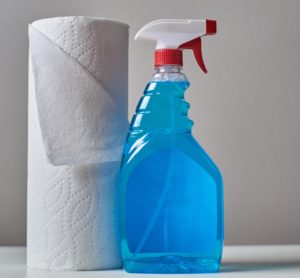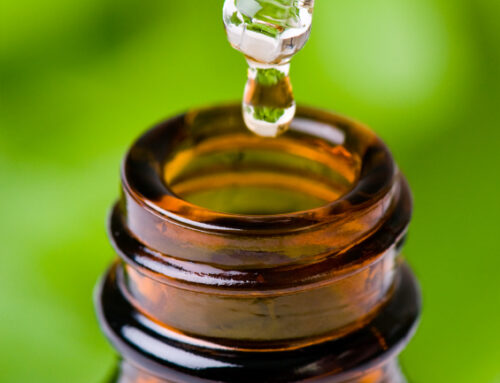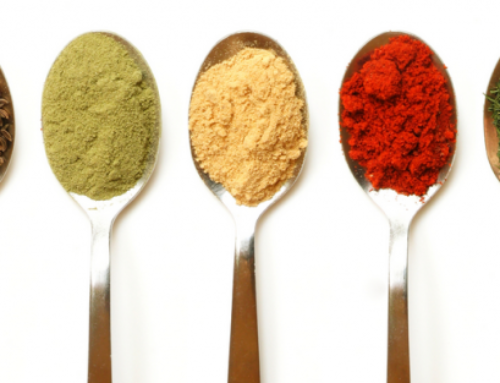
Imagine smelling your favorite flower or a loaf of freshly baked bread. For most of us, this evokes a pleasant experience. We might find ourselves breathing deeply and feeling relaxed. Now imagine smelling a typical household cleaner like bleach or a window cleaner. If you’re like me, you wince or take a shallow breath. It’s not exactly a pleasant sensation to remember, yet every day most of us use these potent household cleaners. We seem to tolerate their smell even though our bodies instinctively recoil from them. Maybe it’s time to rethink this.
First of all, there is no federal regulation of chemicals in household products. They can be made of just about anything. Chemical manufacturing companies put all sorts of warning labels on them, but most of us ignore them even though many of these chemicals have been linked to asthma, cancer, reproductive disorders, hormone disruption and neurotoxicity. While you might think you’re only being exposed to them in small doses, it’s impossible to tell what amount creates an illness since no studies have been done.
Think about it this way: when you smell something, the odor molecule makes its way to the olfactory mucosa, which is located at the top of the nasal cavity. From there a signal is sent to the brain which then allows us to identify the odor. While the odor from the flower or bread (nonvapors) quickly leaves our body, a household cleaner (vapor) crosses the blood brain barrier.
In other words, a non-vapor molecule quickly dissipates in the nasal cavity. End of story. While a vapor molecule penetrates the cell wall and quickly gets into the bloodstream, and from there is distributed throughout the body. It has a direct effect on both the nervous system (brain and spinal cord) and the peripheral nervous system (nerves throughout the body). While some chemicals leave the body as waste, others are absorbed into the fatty tissues in the nervous system including the brain. If enough of the chemical accumulates, it can cause anything from memory loss to kidney failure.
With our world increasingly filled with toxins, why create a toxic home? There are plenty of green cleaning products available. Or you can make your own. I’ve been a fan of Meyers Cleaning Products for years. They can be found in most health food stores. If you want to make your own cleaning products there are many books available at your local herb store or you can easily find recipes online. This link can get you started: Natural House Cleaners.






Leave A Comment